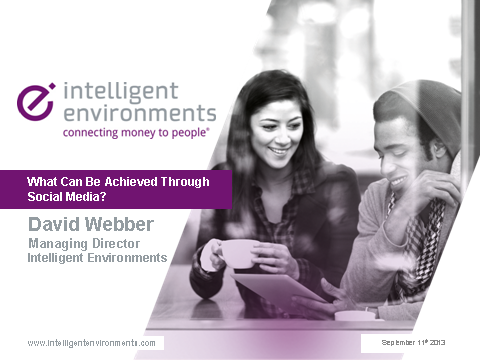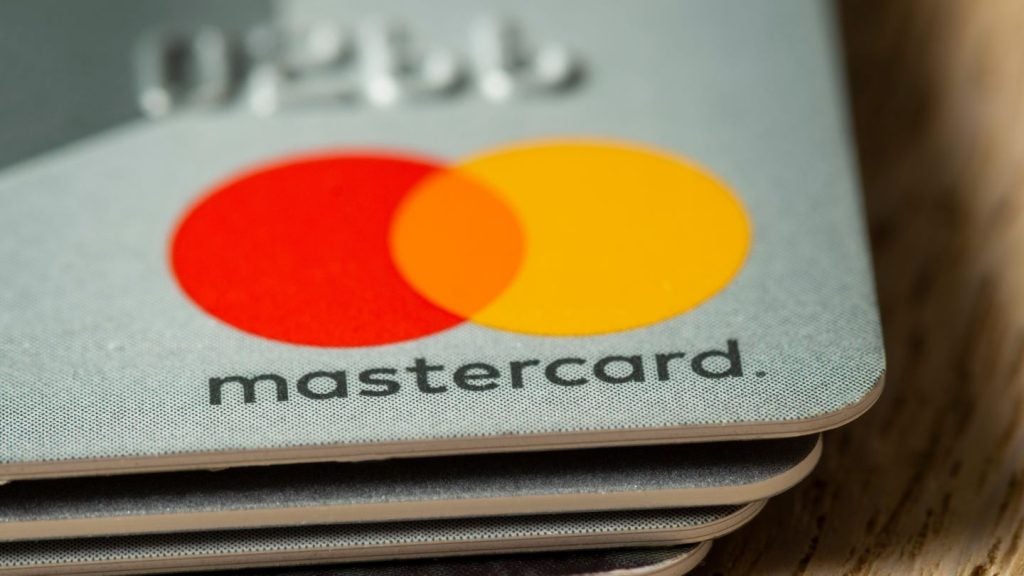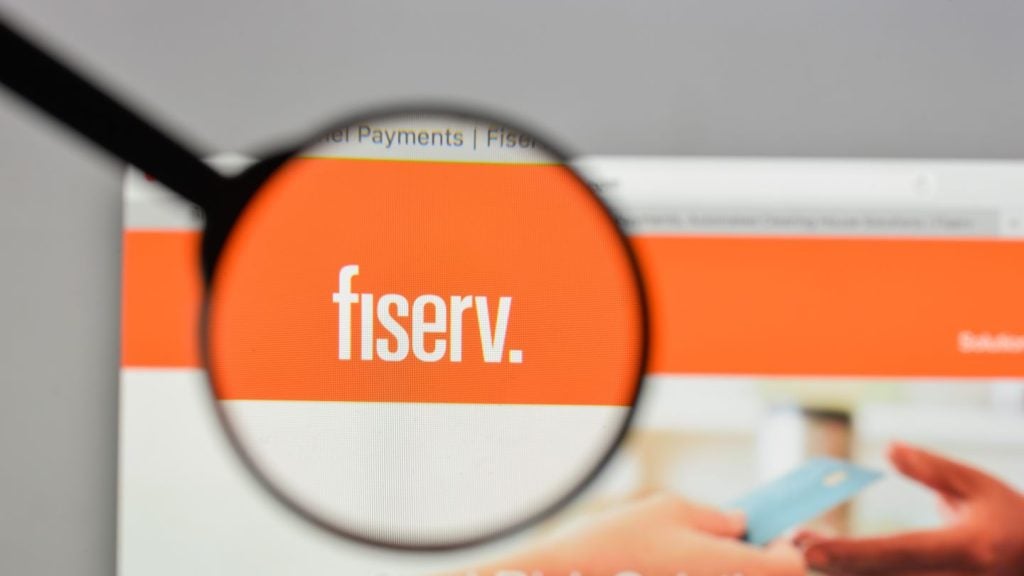
On 11 September The Digital Banking Club hosted it’s second webinar, bringing together speakers from Europe and North America to address delegates from around the world on the advantages and perils of social media. Toni Peters looks at the key take-aways from the webinar
"Financial services companies can enter social media, it’s not as scary as it looks," was one of the messages attendees took away from The Digital Banking Club webinar, held on 11 September.
The webinar, "What is realistic for financial services companies to achieve via social media channels?" was presented by the Digital Banking Club and sponsored by Intelligent Environments.
Douglas Blakey, editor of Timetric’s consumer titles, chaired the online seminar.
Blakey began the debate with a comment on the limited participation of financial services companies in social media with an anecdote of ineffective apology via Twitter from a UK bank whose customers had suffered with the collapse of its mobile and online banking platforms earlier that same week. He added that banks must respond to the increasing service expectation levels from customers.
The first speaker was Sarah Carter, general manager of Actiance, a US-based social media managing platform. The majority of the top US, European and Canadian banks use Actiance to provide management and compliance controls for social media.
According to Carter, the image and perception of the financial services professionals has changed from trusted adviser to greedy stockbroker. There is a wish to return to the image of the trusted adviser and communication through social media is a cost-effective way to do so.
She said: "20% of us are going to comment on the level of service that we have received and that’s not always good so we need to keep a track as to what is happening." Furthermore, she stated that 70% of us trust the individual brand while only 15% of trust the corporate brand.
"If you provide your customers with information and content that they can share and leverage your customers then they will reward you with that public advocacy," she said.
Using stats from the 2012 Ernst and Young Consumer Banking Survey Carter highlighted that in the UK between 2011 and 2012 bank attrition rates increased by 6 percentage points, and 59% of people in the UK sought advice from friends and colleagues on financial services, with 31% of Europeans are seeking advice from social media.
Research from Gartner shows that if a company is one of the 20% that employs social media beyond marketing, it is going to lead the industry in new growth.
A company’s strategy should not be overly dependent on social media, stated Carter. "It is part of your business strategy and it should be part of the mix not the entire solution."
She also noted the importance of training of staff in how to use social media. "It’s incredibly important to educate and train the team on what is effective use, what is best practise … so regular and ongoing training and education is key."
Carter also said we are able to connect, via social media channels to customers, who are likely to be connected to other link-minded people the age of the cold call is dead. "Get me a warm introduction through my network of connections on LinkedIn and in introduction is much more effective."
Carter ended by giving examples of successes Actiance has seen with its clients. One example is Grundy Insurance in Canada "who wanted to be first on the street in Toronto and they were there as a key measure of their success."
Jaime Stein of ING Direct Canada spoke on how his company is utilising social media and how it has changed ING’s marketing outlook.
Stein began by saying that financial services companies "can enter social media. It’s not as scary as it looks."
Stein introduced the concept of ‘brand management,’ and elaborated: "People are talking about your brand, both positive and negative, and those conversations are going to happen whether you are there or not."
ING Direct decided to participate in those conversations and learn from them. "We’ll high five ourselves for the good and we’ll take the bad as an opportunity to try and make things better."
At ING Direct negative feedback on social media is used as an opportunity to improve, and suggestions to improve products offered are taken on board, said Stein.
An initiative launched by ING Direct earlier this year, was a dedicated Twitter account called Orange Helps, a dedicated place where customers can get help for any of their questions. Problems are dealt with openly, until it reaches a point where confidential information has to be shared; then the conversation goes private.
Stein gave examples of a customer who tweeted the social media team when she was stranded without cash because of a system failure with the ATM network. The team apologised and credited her account with $25. The customer then tweeted her appreciation of the goodwill gesture and added that she was "impressed that such a large company still values its customers."
Stein also spoke of the CEO of ING Direct, Peter Aceto, who is an active user of Twitter and regularly engages with customers on this platform. He commented on a blog, tweeted a picture of his socks, and let his followers know where he was going on holiday with his family.
He said it was hard to measure the ROI of the use of social media but said that what his team does is handle crises and prevent them from spiralling out of control.
Stein also mentioned the ‘brand ambassadors’ initiative which involves customers and staff, who are very loyal to the company, being chosen or putting themselves forward to push the company through social media.
ING Direct brand ambassadors received an orange scarf, representing the company’s colour, and have taken pictures with it in iconic locations, such as the Taj Mahal. The pictures are then uploaded to the ING Direct Tumblr blog.
The social media team has direct contact with the brand ambassadors who are notified of upcoming events, new products and are asked to provide feedback. They are invited on tours of the head office.
When they were sent the orange scarves, the brand ambassadors also received a hand-written note, signed by the entire social media team. According to Stein: "Humanising the process is what we’re able to do through social media."
Stein said it’s really important to be prepared with the right tools, and the right processes if you are going to engage in social media. A tool used by ING Direct is hootsuite, an online brand management service.
Stein also said stressed the importance of frontline social media staff who are empowered to fix problems and of ensuring that senior staff engages with and understands social media.
Stein advised companies to own up to problems and apologise where necessary: "The days of companies trying to spin their way out of problems is over."
Stein’s final tips for social media engagement were: "Be genuine, be open, be honest, transparent and don’t pretend you’re something you’re not. Be your brand."
David Webber, managing director of software providers Intelligent Environments, spoke about the evolution of social media within the financial services industry.
Webber indentified that in the 2013 RBI social media rankings, Visa came out on top with 8m ‘likes’ thanks in large part to various sports sponsorships, especially sponsorship of the 2012 London Olympic Games.
MasterCard came in 2nd, and Bradesco’s number of 4.4m ‘likes’ is the result of several strategies including Facebook banking.
Visa’s social media strategy of sponsorship allows them to engage with a significant number of people who are encouraged to cheer and engage about their favourite teams. However they did not offer rewards or prizes.
Also Visa’s social media content is easy to digest with every piece, such as a tweet, requiring only 6.5 seconds to be processed.
MasterCard’s strategy is to listen to conversations and engagements that are going on across the social media channels.
Webber also praised the initiative of Barclays and Bradesco. "Barclays in the UK have been proactive in reacting to negative and positive social media content, in how they respond to posts and tweets.
"It is Bradesco’s 70 year anniversary so they are combining Facebook posts linking events in history with landmarks and innovations of the bank and using that as a very, very innovative way of engaging with customer across social networks."
Nationwide’s response to customer dissatisfaction resulting from an IT failure affecting mobile and internet banking was also highlighted by Webber. "What Nationwide did was that they very, very rapidly used twitter to engage with customer reaction and comment so to keep their customers updated about what was happening with the service and also to apologise so using that social media as a high speed way to engage with their customers."
Webber concluded by saying that the social strategies of financial services companies are going to need to evolve. "What we can be certain of is that change is the only certainty and customers are going to expect the social media engagement to match the digital banking engagement."
Following the presentations and the poll results, Blakey hosted a question and answer session.
Carter said that banks should use social media if it meets their business objectives. "If your customers are not on a particular social network, then you shouldn’t be there." However she added that banks can learn a lot from social media by simply listening to what is going on.
When asked how to get C-level executives to make an investment in social media, Jaime responded with the example of his CEO, Peter Aceto, who is constantly educated, updated and supported.
Stein also said that the social media team for ING Direct is in-house and that other teams of the bank are empowered to respond to questions.
When the presenters were asked which users outside of financial services they admired for their use of social media, David said O2, Jaime KLM Airlines and Carter said Barack Obama for his 2008 presidential campaign.
Stein wrapped up by saying: "Employ the golden rule when doing social media treat other people the way you want to be treated and if you enter social media with that mentality 9 times of out 10 things will come out OK."
The next Digital Banking Club event will be held on 3 October at Gibson Hall London and is titled ‘Mobile vs Mobility’ and will explore how banks can modernise their current systems to ensure they are best placed to take mobile banking to the next level.







